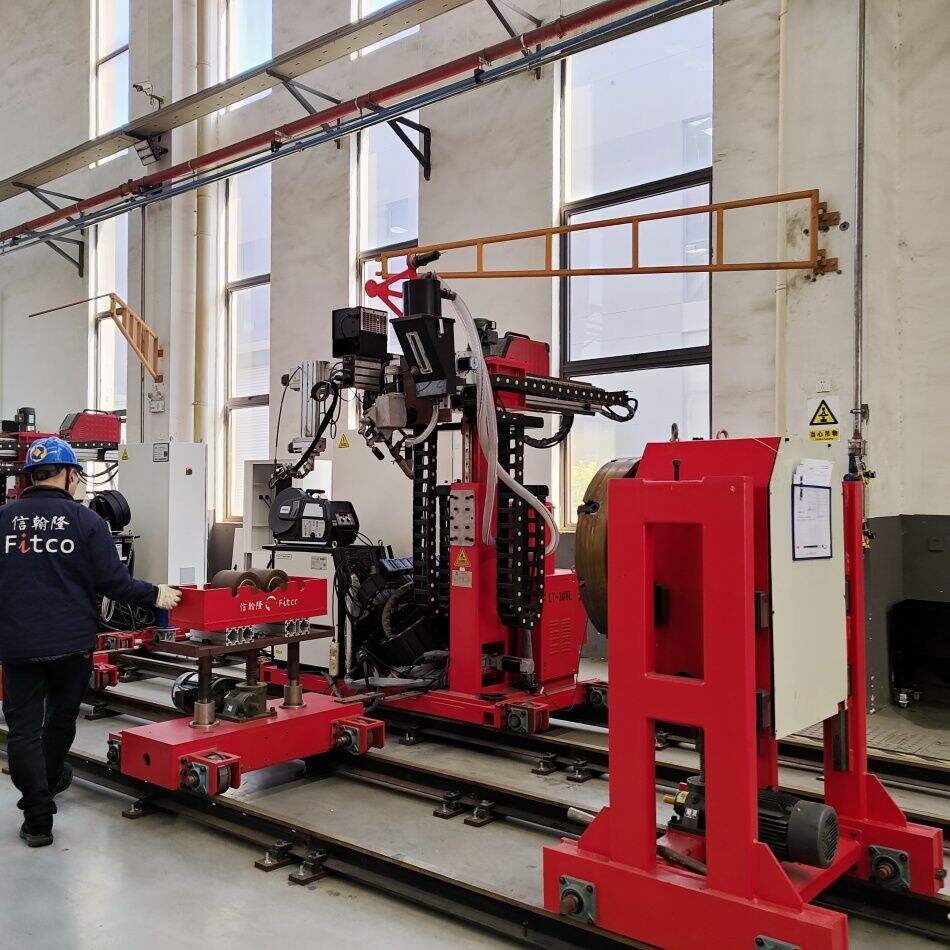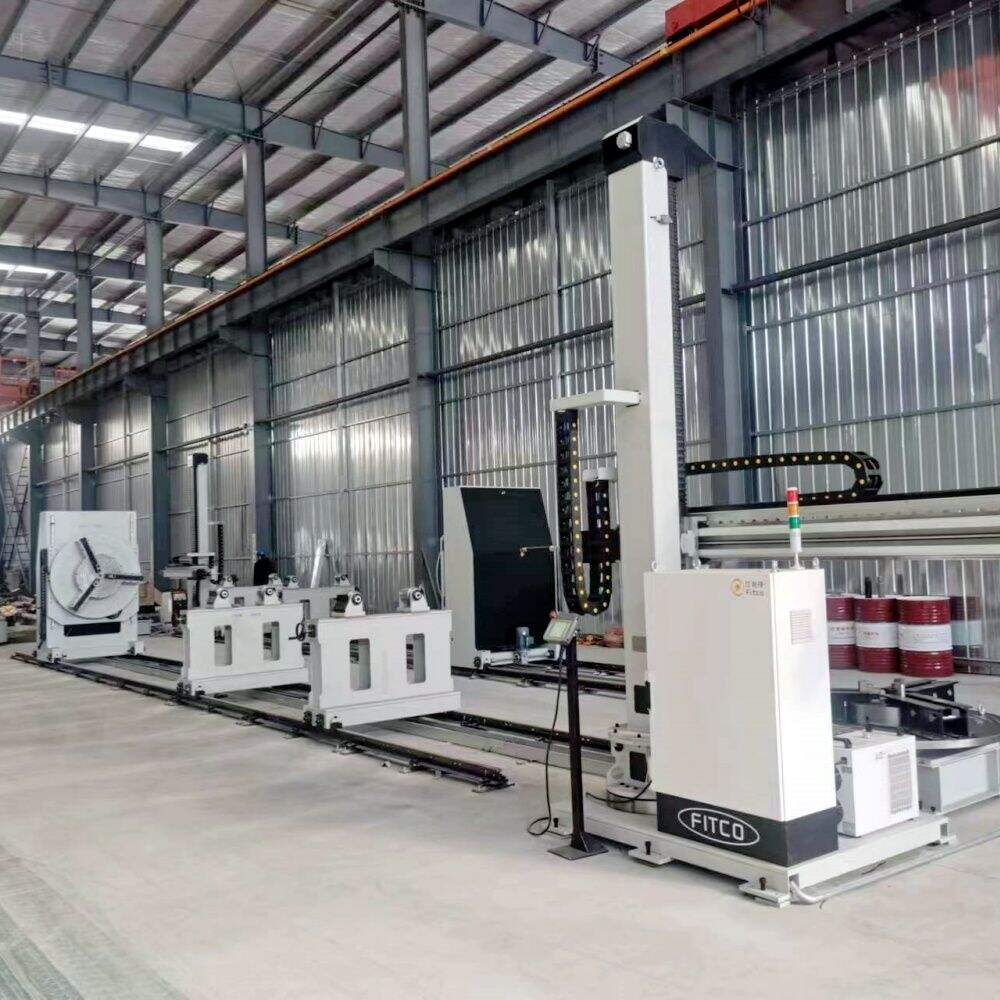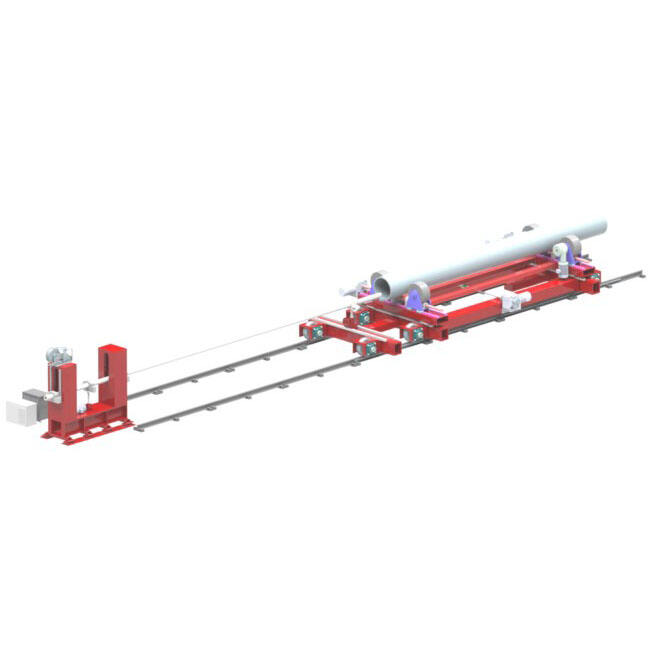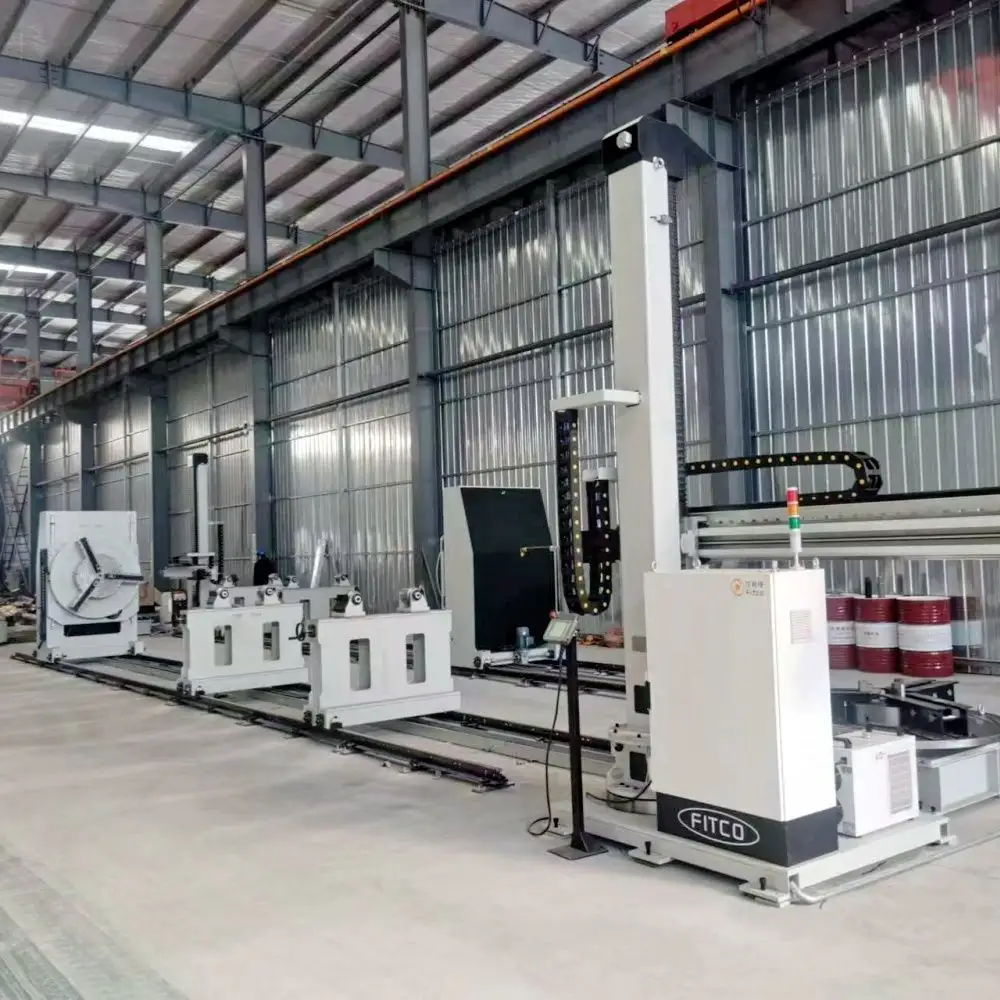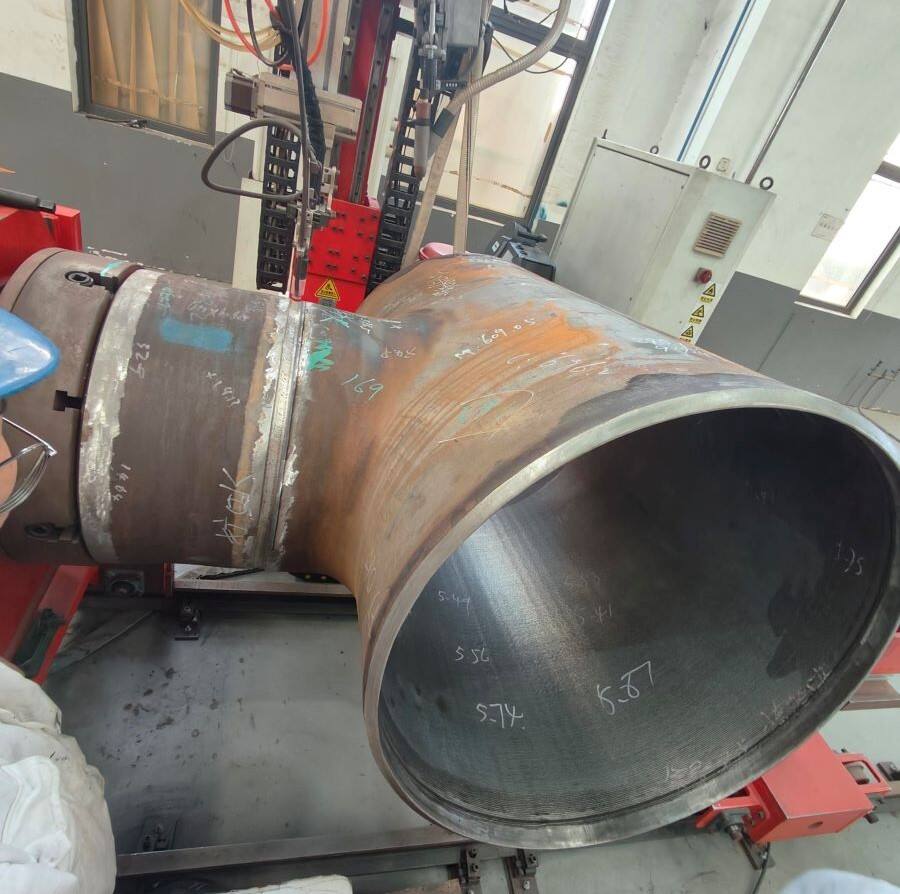arc welding machine
An arc welding machine is a sophisticated piece of equipment that utilizes electrical energy to create and maintain an electric arc between an electrode and the base material, generating intense heat for joining metals. This versatile tool operates by converting electrical power into a controlled arc that reaches temperatures exceeding 6500°F, making it capable of melting and fusing various metal types. Modern arc welding machines feature advanced inverter technology, offering precise control over welding parameters such as current, voltage, and arc force. These machines come equipped with essential safety features including thermal overload protection, anti-stick functionality, and hot start capability. The equipment typically consists of a power source, electrode holder, ground clamp, and welding cables. Arc welding machines are available in different configurations, from compact portable units ideal for DIY projects to industrial-grade systems designed for heavy-duty applications. They support various welding processes including Stick welding (SMAW), TIG welding (GTAW), and MIG welding (GMAW), making them indispensable in industries ranging from construction and automotive to manufacturing and repair services.

 EN
EN
 AR
AR BG
BG HR
HR CS
CS DA
DA NL
NL FI
FI FR
FR DE
DE EL
EL HI
HI IT
IT JA
JA KO
KO NO
NO PL
PL PT
PT RO
RO RU
RU ES
ES SV
SV TL
TL IW
IW ID
ID LT
LT UK
UK SQ
SQ HU
HU TH
TH TR
TR FA
FA AF
AF CY
CY MK
MK LA
LA MN
MN KK
KK UZ
UZ KY
KY